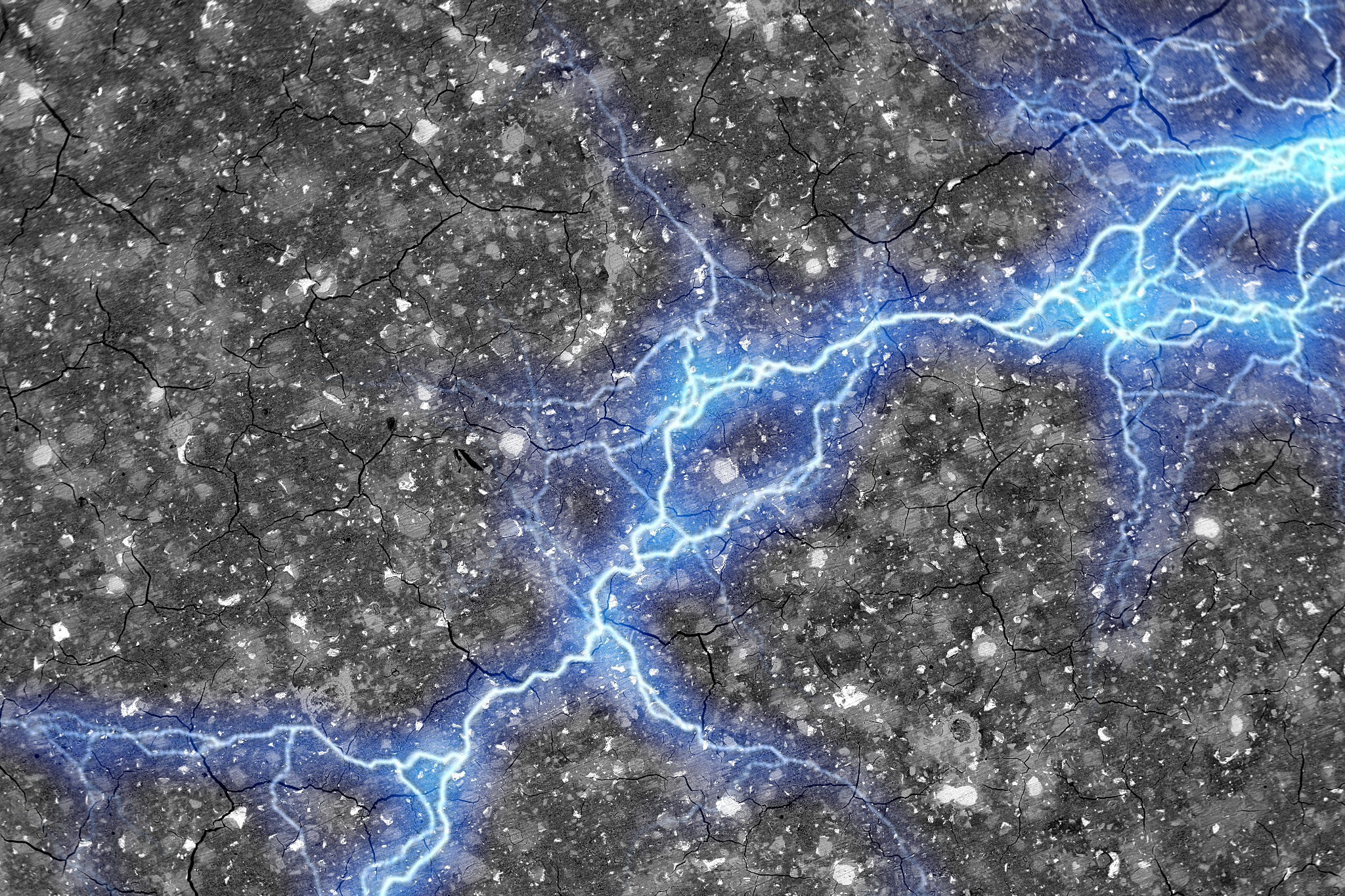A 2023 study at MIT made this discovery, which could be a boon for storing electricity.
The team calculated that a block of nanocarbon-black-doped concrete that is 45 cubic meters (or yards) in size — equivalent to a cube about 3.5 meters across — would have enough capacity to store about 10 kilowatt-hours of energy, which is considered the average daily electricity usage for a household.
3.5 cubic meters of material ought to be enough to make quite a comfy house
There is a tradeoff between the storage capacity of the material and its structural strength, they found. By adding more carbon black, the resulting supercapacitor can store more energy, but the concrete is slightly weaker, and this could be useful for applications where the concrete is not playing a structural role or where the full strength-potential of concrete is not required.
They talk about making roads with the material, but I suspect electrical posts (utility poles) could also be made of this, which would certainly last much longer than roads and be cheaper to maintain and fix



A lot of shaky stuff in here that has a long way to go before it makes it out of the lab.
OP, a 3.5 m-wide cube is not 3.5 cubic meters. That’s the size of a decently large shed… Of solid concrete.
No mention in the article about round trip efficiency, self-discharge rates / storage duration, etc.
Storing 10 kWh doesn’t mean much if it loses much of that to internal losses, leakage into the environment, etc., before you can use it.
Capacitors generally tend to be designed to store very little energy but can charge/discharge repeatedly at a high rate. Is this designed to discharge quickly? If so, what happens if someone touches the giant Borg cube in your yard?
Concrete is also prone to cracking, which last I checked, is not good for electronics.
That said, this is an interesting concept, and if it can perform at a useful level / scale, I could see industrial uses for large systems with high peak loads / energy recovery / regenerative braking, as a cost effective way to smooth grid loads, but probably wouldn’t expect to see it in use at people’s homes for a loooong time.
Less “you can make a super capacitor at home”, more “innovative material uses may one day make super capacitors more cost effective for certain applications, if it can be scaled out of a lab”
Yeah a 3.5m cube is 3.5^3 cubic meters. You gotta change the number the same as the unit. Honestly KL might be better than m^3 for intuitiveness